Solvent naphtha
- CAS NO.:64742-94-5
- Empirical Formula: C9
- Molecular Weight: 0
- MDL number: MFCD01776453
- EINECS: 265-198-5
- SAFETY DATA SHEET (SDS)
- Update Date: 2025-12-17 09:49:54
What is Solvent naphtha?
Description
Solvent Naphtha is an aromatic hydrocarbon solvent made mainly from aromatic compounds. It can be divided into light and heavy types, are aromatic hydrocarbon solvents primarily made from C9, C10 and C10-C13 aromatic compounds. Heavy solvent naphtha is harmful to health, and possibly carcinogenic, and are to be labelled H351 “Suspected of causing cancer”.
Chemical properties
Solvent naphtha, light aromatic (CAS No. 64742-95-6) is a mixture of light aromatic hydrocarbons from refined petroleum distillates, with an aromatic content of 98% or greater. It is composed primarily of C9-10 dialkyl and trialkylbenzenes. It contains approximately 46% trimethylbenzenes, 36% ethylmethylbenzenes, 0 to 5% xylene, 0 to 5% cumene, and 1.5% ethylbenzene; the exact composition and concentrations vary. Solvent Naphtha 150 is a colourless non-viscous liquid with a strong aromatic odour. It is not soluble in water, but in aromatic solvents.
The Uses of Solvent naphtha
Solvent naphtha is used in the agricultural, chemical, textile processing and coatings industries.
Definition
solvent naphtha is a flammable liquid distillate containing principally xylenes and higher aromatic hydrocarbons and usually boiling higher than ligroin, obtained especially from coal-tar light oils or coke-over-gas light oils or from petroleum cracking, and used chiefly as a solvent and as a raw material for coumarone-indene resins.
Flammability and Explosibility
Flammable
Properties of Solvent naphtha
| Boiling point: | 110.85-172.2℃[at 101 325 Pa] |
| Density | 0.911-866[at 20℃] |
| vapor pressure | 1.86-30.89hPa at 20-21.1℃ |
| Water Solubility | 20-587mg/L at 20-25℃ |
| EPA Substance Registry System | Heavy aromatic solvent naphtha (petroleum) (64742-94-5) |
Safety information for Solvent naphtha
Computed Descriptors for Solvent naphtha
New Products
Indole Methyl Resin tert-butyl 9-methoxy-3-azaspiro[5.5]undecane-3-carboxylate Boc-His(Boc)-OH 2-CTC Resin 4-Chloro-7-tosy1-7Hpyrrolo[2,3-d]pyrimidine 5,7-Dibromo-1H-indole 2,5-dichloro-N-hydroxy-4,6-dimethylpyridine-3-carboximidamide 2,2-Dimethoxy-7-azaspiro[3.5]nonane hydrochloride 4-chloromethyl-5-methyl-1,3-dioxol-2-one (DMDO-Cl) R-2-BENZYLOXY PROPIONIC ACID 1,1’-CARBONYLDIIMIDAZOLE 1,1’-CARBONYLDI (1,2-4 TRIAZOLE) N-METHYL INDAZOLE-3-CARBOXYLIC ACID 4-((2-hydroxyethyl)thio)benzoic acid 1-(TERT-BUTOXYCARBONYL)-2-PYRROLIDINONE Methyl 6-methylnicotinate 3-Pyridineacrylic acid tert-Butyl carbazate TETRAHYDRO-2H-PYRAN-3-OL 2-((4-morpholinophenylamino) (methylthio) methylene) malononitrile 3-(4-morpholinophenylamino)-5-amino-1H-pyrazole-4-carbonitrile 2,4-dihydroxybenzaldehyde 1,3-Diethyl-1,3-Diphenylurea Methyl 2-methylquinoline-6-carboxylateRelated products of tetrahydrofuran








You may like
-
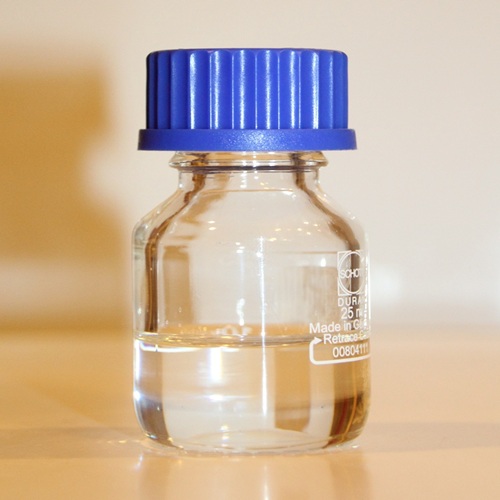 Pyridine 99.5% HPLC /UV SpectroscopyView Details
Pyridine 99.5% HPLC /UV SpectroscopyView Details
110-86-1 -
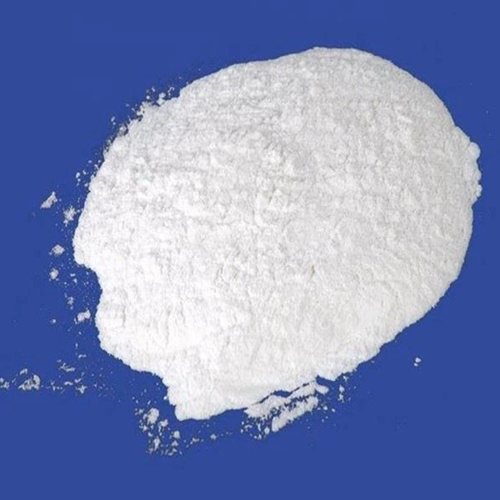 Guanine , 99%View Details
Guanine , 99%View Details
73-40-5 -
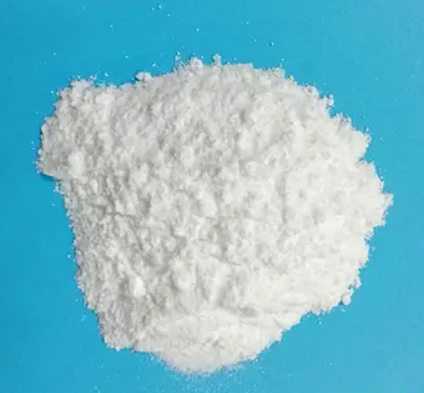 Piperazine Spot supply, best priceView Details
Piperazine Spot supply, best priceView Details
110-85-0 -
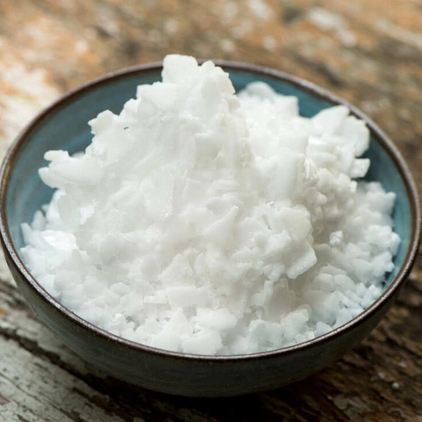 Potassium Hydroxide 90%View Details
Potassium Hydroxide 90%View Details
1310-58-3 -
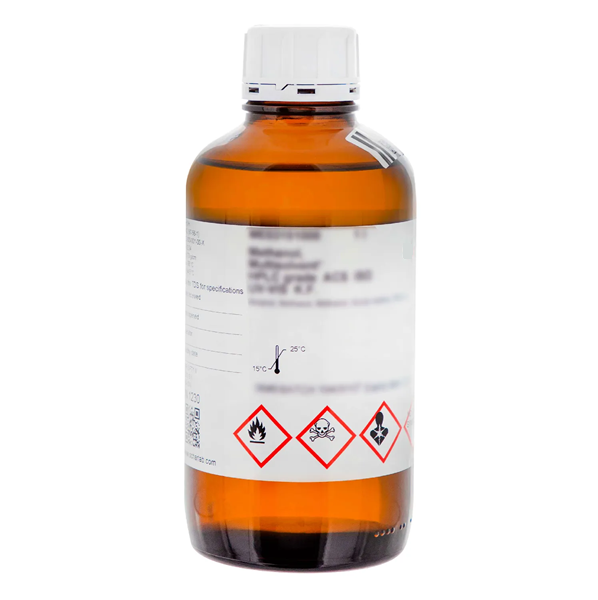 Dibutyl PhthalateView Details
Dibutyl PhthalateView Details
84-74-2 -
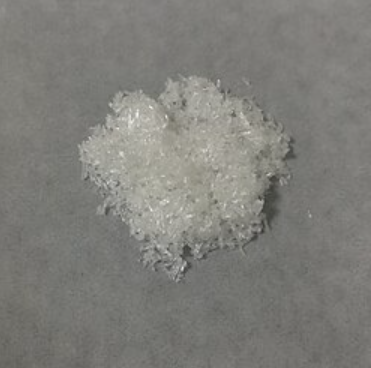 Imidazole Spot supply, competitive priceView Details
Imidazole Spot supply, competitive priceView Details
288-32-4 -
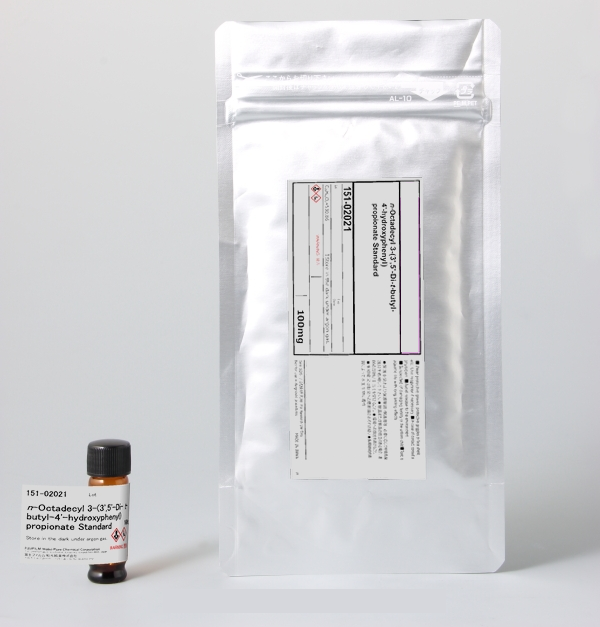 Octadecyl 3-(3,5-di-tert-butyl-4-hydroxyphenyl)propionate 98% (GC)View Details
Octadecyl 3-(3,5-di-tert-butyl-4-hydroxyphenyl)propionate 98% (GC)View Details
2082-79-3 -
 Thiourea 99% ARView Details
Thiourea 99% ARView Details
62-56-6
